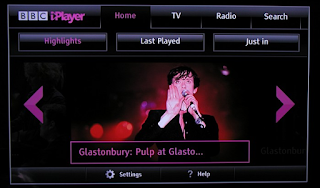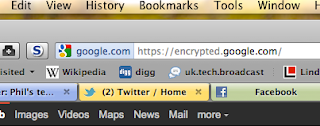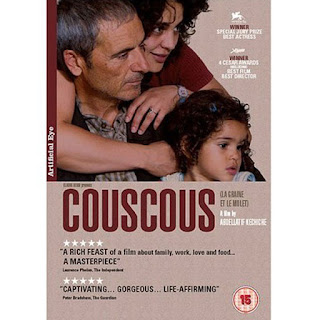 Occasionally my PVR makes an incomplete recording of a film that Sarah and I wanted to watch. It was the case last week with the Italian film Couscous and so I didn't feel too bad snagging a copy from a torrent site. However, when we sat down to watch it I realised there were no subtitles (either burned into the video or as a separate text file). "Not a problem" I thought - straight to one of the many sites that carry subtitles for every film ever released and I grabbed a likely looking .sit file for the movie. After discovering that Microsoft have pretty much removed all subtitle support from Windows 7 (my PVR is MediaCentre) I tried watching it with that old faithful backup VLC player (an order of magnitude better than WMP12 in every respect!) - a good example of where open-source software makes the closed-source equivalent look very silly - but I discovered the subtitles in the file were a consistent twelve seconds late. I suppose the subtitler was working off a different version of the film, maybe he started his frame count with all the film and distribution company bumpers?
Occasionally my PVR makes an incomplete recording of a film that Sarah and I wanted to watch. It was the case last week with the Italian film Couscous and so I didn't feel too bad snagging a copy from a torrent site. However, when we sat down to watch it I realised there were no subtitles (either burned into the video or as a separate text file). "Not a problem" I thought - straight to one of the many sites that carry subtitles for every film ever released and I grabbed a likely looking .sit file for the movie. After discovering that Microsoft have pretty much removed all subtitle support from Windows 7 (my PVR is MediaCentre) I tried watching it with that old faithful backup VLC player (an order of magnitude better than WMP12 in every respect!) - a good example of where open-source software makes the closed-source equivalent look very silly - but I discovered the subtitles in the file were a consistent twelve seconds late. I suppose the subtitler was working off a different version of the film, maybe he started his frame count with all the film and distribution company bumpers?Again, no worries, I fired up my previous standby for manipulating subtitle files DivXLand Media Subtitler only to discover it can't slip ever sub in a file by a defined amount. In every other respect it s an excellent utility handling twenty-odd file formats and having auto-timing functionality as well as individual sub-sync features, but couldn't handle this problem easily.
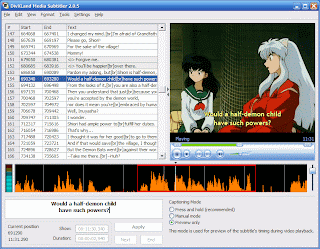
So, bit of Googling revealed another free and excellent utility Subtitle Edit which offers pretty much the same toolset but with the ability to slip the sync on groups of subs. Just what I needed; it has a better preview facility as well so you can drop into various places of the video file to check the captions are consistently running to time and it will automatically pull captions a few frames either way when the audio waveform doesn't quite match with the start frame-code of the subtitle.
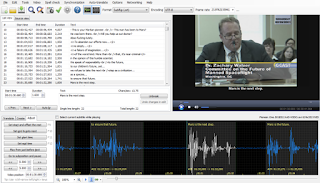
After this VLC played the .avi & .sit combo perfectly but not WMP12 or MediaCentre. At that point my thoughts turned to my new (2nd hand!) Bluray player; a Sony BDP-S370 which we've had for a week (£70 on the eBay) and have been mightily impressed with it's network video functionality. It's the best iPlayer machine I've found so far bar none (much better than the Wii, Virgin Media & Tivo) and it will happily play the file and display the subtitles either off a thumb-drive or via the network using DNLA.
